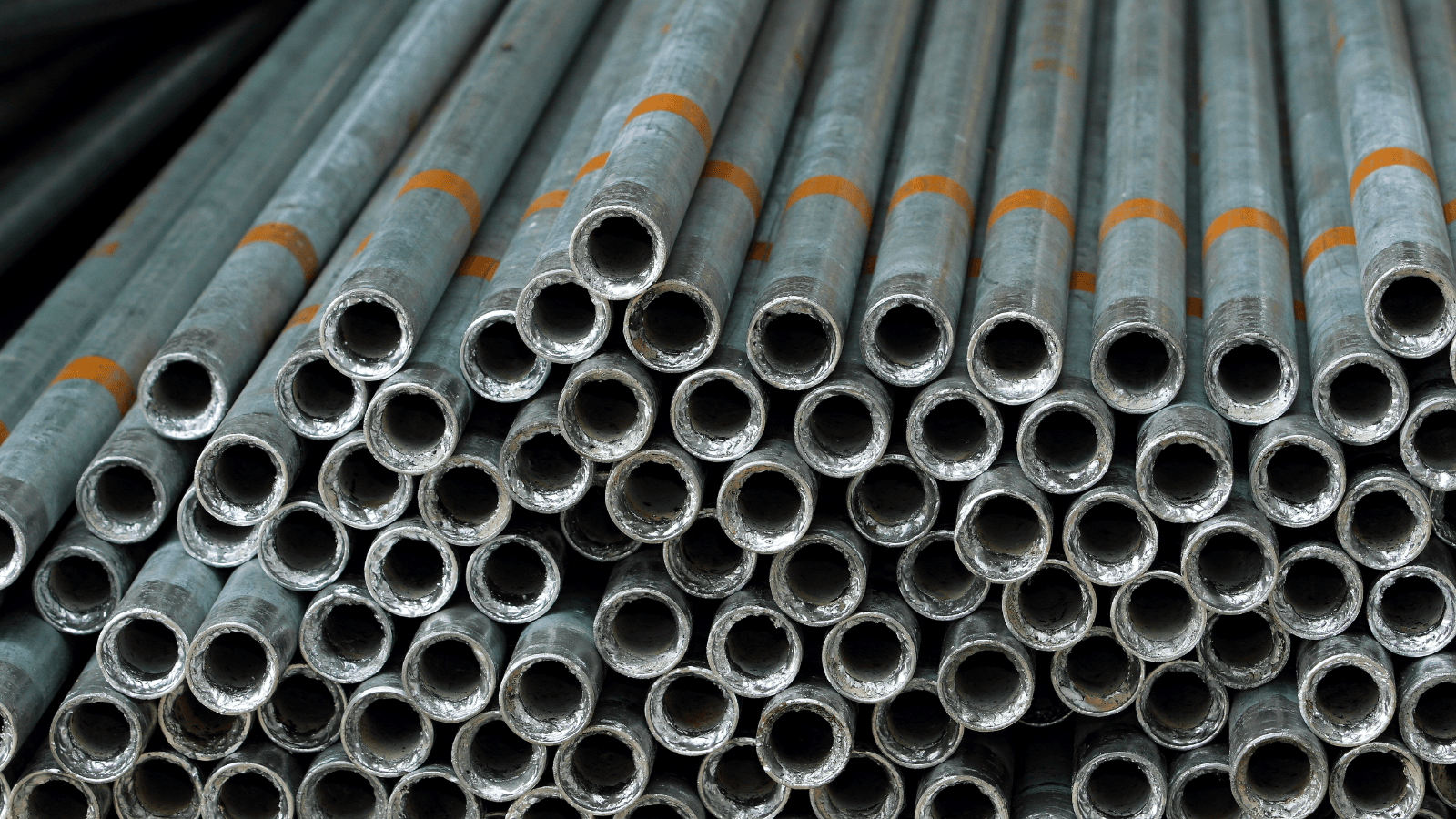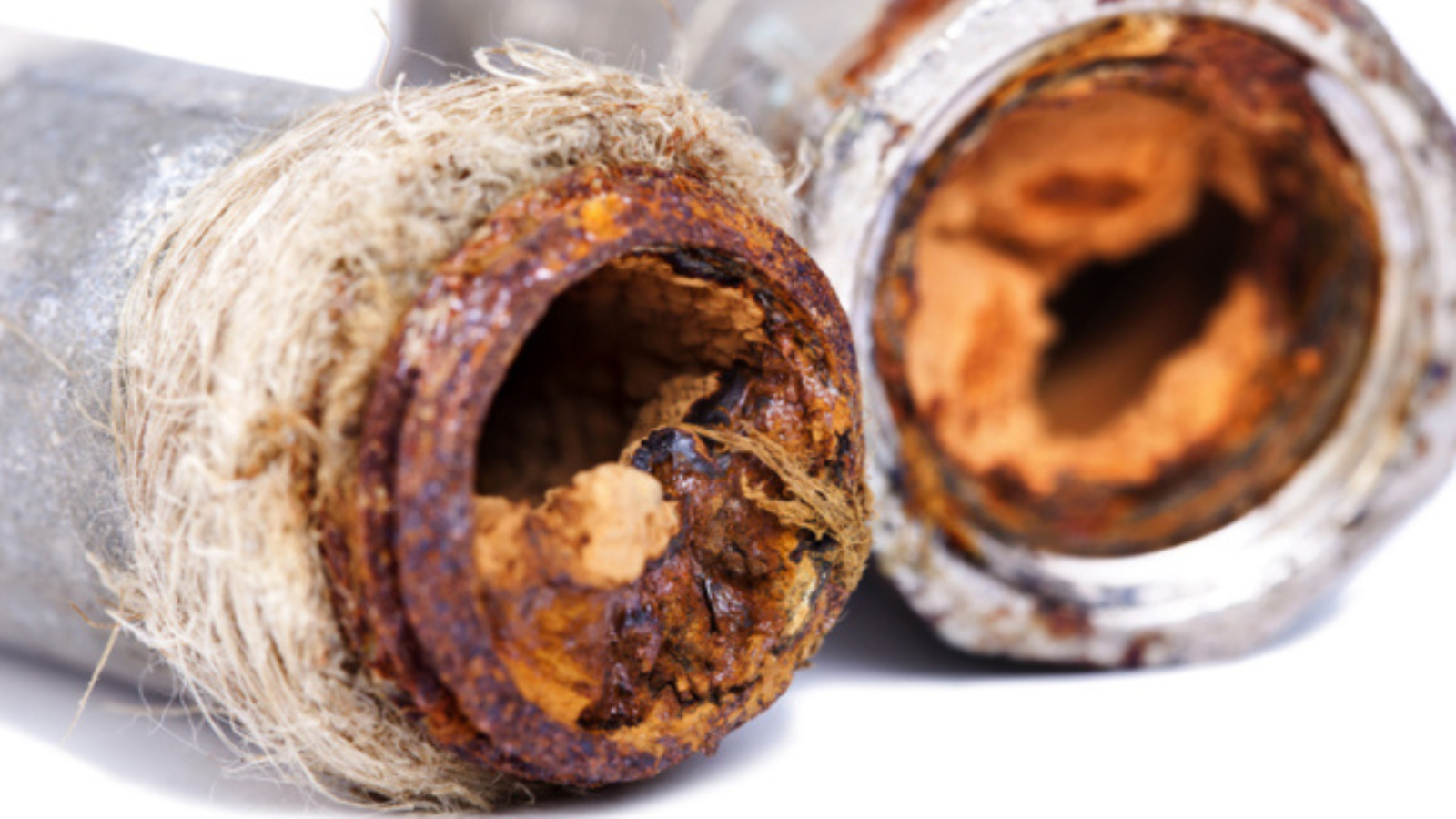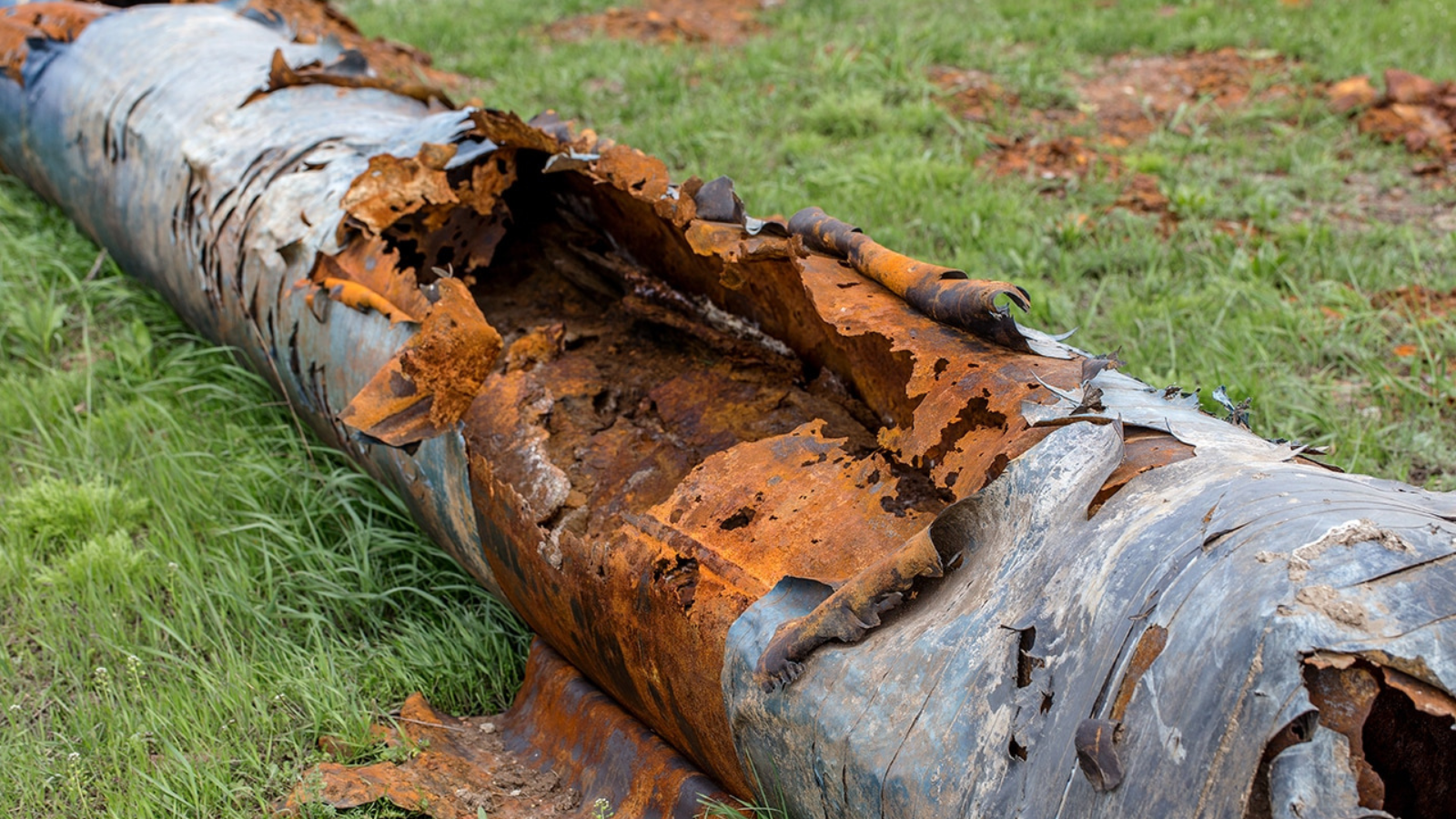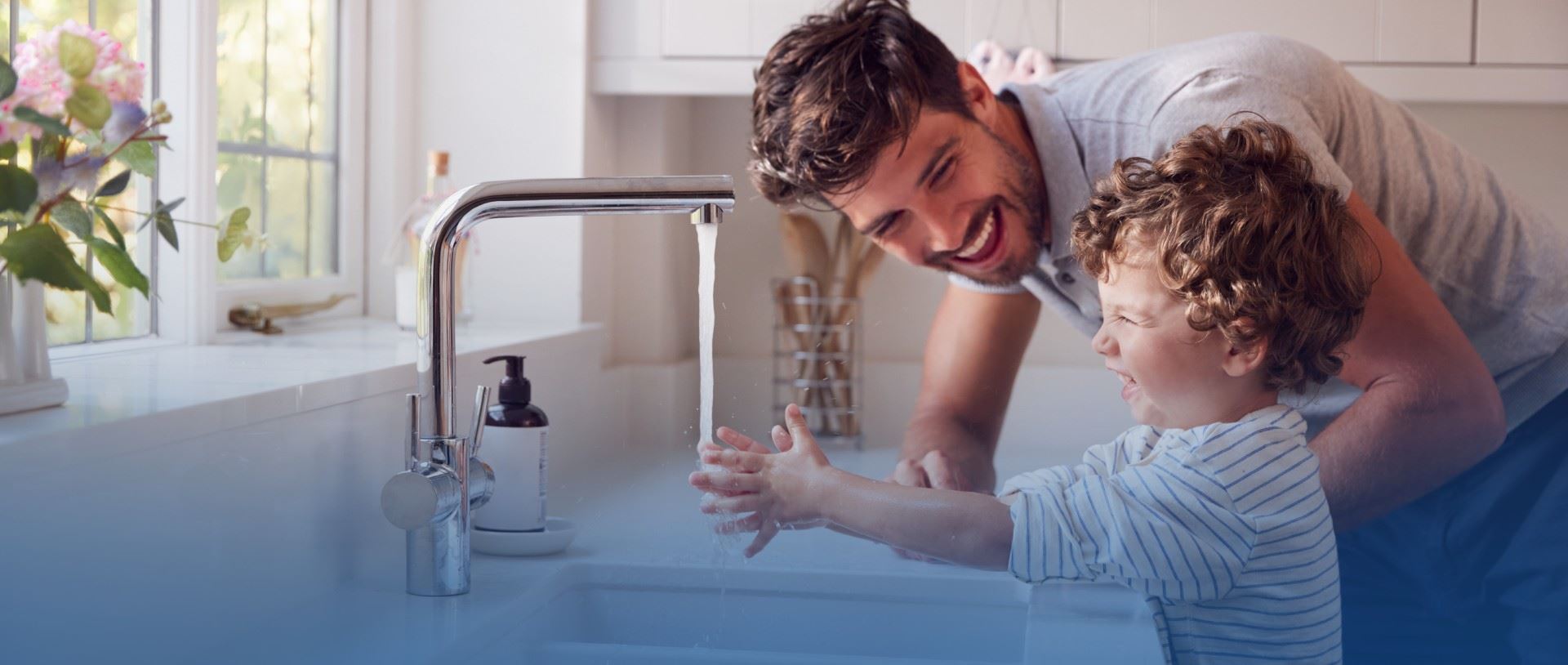The Hidden Dangers of Galvanized Piping for Your Home's Water Quality
Are you a homeowner wondering if your piping is putting the water quality in your home at risk? Many of us don’t consider it, but the quality of our home’s water can have a tremendous impact on everything from our health and wellbeing to our overall comfort. If you have galvanized pipes, it’s essential to consider the hidden dangers that come with them. While galvanized pipes used to be thought by many to be an economical option for plumbing, we now know that they may contain hidden dangers that could potentially put your family at risk if not properly managed. This blog post will explore the various facets of galvanized pipe use throughout homes and what you as a homeowner should look out for if there is galvanized piping in your home. From being aware of the risks and signs of a problem to how to take action against hazardous water contamination due to galvanized pipes, we’ll walk you through the basics. We all deserve access to clean drinking water, so it's important to arm yourself with knowledge on what galvanized pipes can do to your system and ways you can maximize safety within your own home. Keep reading for tips and advice on understanding the potential pitfalls of having galvanized pipes in your home or business!

What are Galvanized Pipes?
Since the city saw so much of its growth in the 50s and 60s, Las Vegas is one of the cities that still has many homes with galvanized pipes. Before the more modern plumbing materials like copper, PEX, or PVC became available, galvanized pipes were a common choice in many homes. Galvanized pipes are made of steel or iron and coated with a layer of zinc that helps prevent rusting and makes them last longer. They were invented as an alternative to lead pipes for plumbing systems, which was an inarguable improvement. These pipes were used to carry water, gas, sewage, and drainage through walls, floors, and ceilings in homes and businesses. While they have been around for decades, as time progresses they can become clogged more easily and have to be handled with special care, making it harder to perform maintenance on them. Thus, it is important to stay up-to-date on plumbing trends to ensure your Las Vegas home's interior pipe system is working properly.
The Hazards of Galvanized Pipes in Your Home or Business
Galvanized pipes used to be a popular choice of piping in homes, but when it comes to modern understanding, they present a formidable potential risk. As you now know, galvanized pipes are composed of iron and steel that have been dipped in zinc to create a protective coating. This combination, while offering huge benefits in terms of strength and longevity, can come with an unexpected penalty: contamination of your home's potable water supply. The zinc on the outside becomes thinner over time, leaving the vulnerable spots open to corrosion and water infiltration. This could mean that rust and buildup are continuously entering the drinking water, potentially containing lead or other hazardous contaminants that could threaten your family’s health.
Another issue with galvanized pipes is their tendency to develop scaling, a buildup of minerals that sticks to the inside of the pipes and creates blocks and lowers water pressure. You may also begin to see a red or brown discoloration in your water, which is a sign that should not be ignored as it indicates a serious issue.

How to Recognize When You Have a Problem with Your Galvanized Pipes
It is important to understand the warning signs your plumbing system gives you that it may be experiencing a problem, and to act on them quickly when necessary. Since the issues that can stem from galvanized pipes include serious risks to your health, you won’t want to ignore even small signs. To help you identify any potential problems early on, here are some tips for recognizing issues with galvanized pipes.
A good first step is to check for rust or corrosion along the outside of your pipes. If you notice any discoloration, flaking, or deteriorating pipe material then this is a sign that there is something wrong with your galvanized pipes, and they will need attention right away.
Another warning sign is a build-up of sediment in your plumbing over time, which will affect the water pressure throughout your home. A gradual reduction in water pressure is something to take note of, but a sudden drop in water pressure should be addressed immediately; it could be a warning sign that your galvanized pipes aren’t functioning correctly and may have a break or a blockage.
Signs that Galvanized Pipes Could be Affecting Your Health
Are you noticing any changes in your health lately? It could be that your galvanized plumbing, which is often found in older homes, is the culprit! In particular, galvanized piping, if not properly maintained, can lead to a myriad of health issues that should not go unaddressed. Corrosion of galvanized pipes can even lead to lead poisoning if left unchecked and untreated. Some signs to look out for are coughing and wheezing that persists for long periods of time; an unusually dry or sore throat; difficulty breathing, possibly accompanied by symptoms such as chest tightness or chest pain; and prolonged skin irritation.
Additionally, hair loss, abdominal pain, memory loss, and even anemia can be signs of unhealthy water quality due to outdated galvanized plumbing. If you have been feeling weak or sick more frequently than usual it would be wise to consider these as potential warning signs and consider having your current plumbing system evaluated. Don’t take a chance with your health – always make sure you seek medical help if you are experiencing any of the above symptoms!

PVC or Copper Piping Instead of Galvanized for Your Home or Business
For those looking for a safer alternative to galvanized pipes, copper and PVC piping are excellent options. Copper is an incredibly strong material that won't corrode or rust, so it can last much longer than galvanized piping without being a potential health hazard to you, your family, or your co-workers. PVC pipe is also a great choice since it's resistant to chemicals like chlorine and chloramine, which are used in many treatment processes to make your water safe to use and drink. It's also more affordable than copper piping, making it easier on the wallet as well! Both materials are durable enough to handle high temperatures and pressures without breaking down over time - perfect for long-term use in any home or business setting.
Conclusion
In the end, galvanized pipes can cause serious issues to your water quality and health. Homeowners shouldn’t take any chances when it comes to the safety of their plumbing, so if you're still using old galvanized pipes, it might be time to consider replacing them with far safer PVC or copper pipes. It's also beneficial to look out for potential warning signs that galvanized piping is causing a problem in your home. Rusted pipes, low water pressure, and discolored water can all be an indicator that you have a problem. Anyone seeing these signs should act fast and contact a plumber for help. In these cases, early prevention is better than cure! And if you do have galvanized pipes, now might be the time to upgrade them before further issues arise to protect your family’s health.
Here at Dignity Plumbing, we are always happy to help anyone with their plumbing needs because nothing is more important than the safety and satisfaction of our customers! So don't hesitate – schedule service today to replace any outdated galvanized pipes in your home or business!
